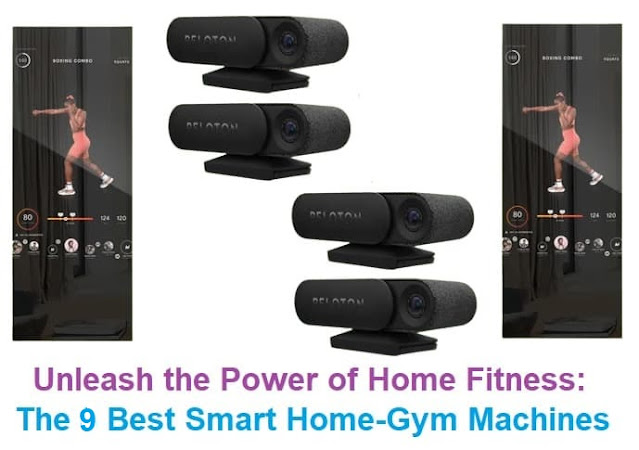
What is a Power Bank - portable charger?
Power banks are very popular these days. Come in all shapes and sizes here is a big variation in the cost of different species. Power banks are used to save mobile power to charge battery-powered items such as mobile phones and other similar items that have a USB interface: they can be charged via USB, etc. or wirelessly.
Choose different types of Power banks?
Choosing the right power bank for your own use can be difficult. It may not be clear what different specifications mean and whether they will affect performance the way you use them.
PowerBank comes in all shapes and sizes and has a great variety of sizes and capacities, and there is also a battery technology option. All these factors mean that there are several points to consider when purchasing the right energy bank for your own use.
What are the most important tips before buying a power bank?



It's always helpful to have an idea of what you're looking for when buying a wireless charging power bank. Like any product, there are a number of points to note when looking at power bank wireless charging displayed.
1- Power capacity:
One of the key points to note when purchasing a wireless power bank is to make sure that your power bank storage capacity is enough to give your device a full charge. With increased capacity of smartphone batteries to ensure sufficient life between charges, power banks also need to increase capacity to match that.
There is no use if the wireless power bank does not give a smartphone or any other device that charges it fully. Before purchasing, make sure that the power bank capacity is equally large, or preferably slightly larger than the capacity of the device intended to charge it.
2- Charging rate:
Since smartphones are now able to charge very quickly, it is necessary to ensure that the Wireless Power Bank can provide the share at the price accepted by a smartphone or any other device. If not, it will be shipped, but the shipping will take longer.
Wireless charging capability often can't provide as much current as wired connections. Check the specifications to see exactly what can be achieved as new devices are always launched and these devices may have faster wireless charging capabilities.
3- Added convenience:
While power bank wireless charging is more convenient on one hand, the charging element is usually placed above the power bank to be charged. Unlike traditional wired power banks where a wire is used, the phone can be moved while charging, this is not the case with charging wires - you should keep your smartphone or device in the right position. Since wireless charging is often very sensitive to position, this may be a problem. It's worth taking a look at how wireless power bank uses charging to see if this capability will be useful. Since many wireless power banks also have wired capacity, this may not be a problem.
4- Size & weight:
Size and weight are important considerations when buying an energy bank, especially if you will use it when traveling. The larger the power bank capacity, the heavier and heavier it will be. Since the capacity of smartphones is increasing, and people often want to charge many devices before recharging the power bank, the size and weight of some energy banks can be palpable. Check the size you want before ordering.
5- Connectors for conventional charging:
It is worth making sure that the energy bank has connectors for conventional wire charging. Since not all devices are able to charge wirelessly, it is useful to make sure that the wireless charging power bank can also charge a device using wires - this is usually the case and they often have one USB port or two charging ports. This means that it is possible to charge more than one device at the same time.
6- Charging the power bank:
Note that you will need to charge the energy bank itself. The higher the capacity, the longer it takes. If you have only a 1Amp charger and a power bank with a capacity of 5000 mAh, it will take five hours to charge - a little longer because not all the charges that enter the power bank are converted into a stored charge, there is an efficiency factor of up to 80% or more, so it will take longer. Since many wireless charging power banks have greater capacity levels, it may sometimes take 10 hours or more to charge, even with a 2.4A charger.
7- Air transport:
It should be noted that there are restrictions on lithium-ion batteries, used by energy banks when carried on board. It should always be packed in carry-on luggage, and there may also be restrictions on the maximum capacity of batteries that can be carried - check with the airline before travelling.
8- Cost:
Wireless charging power banks require more electronics inside and provide more functionality than the standard power bank. So it's no surprise that they are more expensive than the most simple traditional wired energy banks. It is necessary to decide whether the extra convenience of the wireless power bank is worth the extra cost.
9- Capacity & size typically large:
Most wireless power banks in the market are relatively large. It must be large enough to accommodate a pairing file, etc., and while doing so, designers usually make it very large in terms of capacity as well. A typical wireless power bank can have a capacity of 25,000 mAh - check if it can be carried on a plane if you're considering travelling with it.
10- Comforts
As wireless charging becomes more common, power bank wireless charging will be increasingly needed. It combines the convenience of getting extra power when away from the main chargers so that mobile devices such as smartphones can be charged on the go.




.webp)



.webp)


Social Plugin